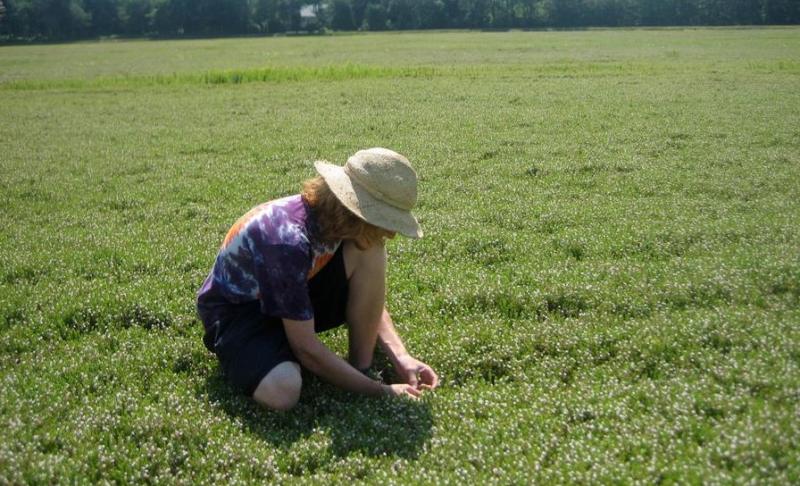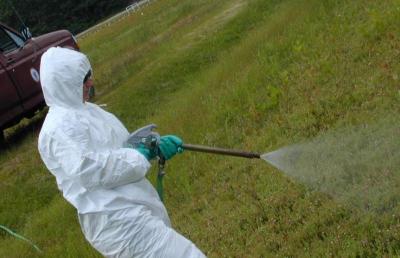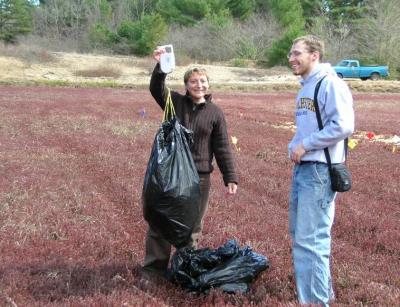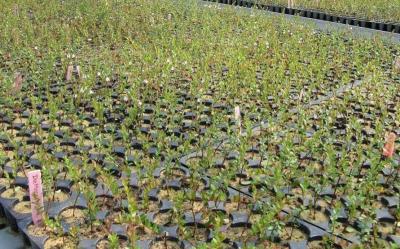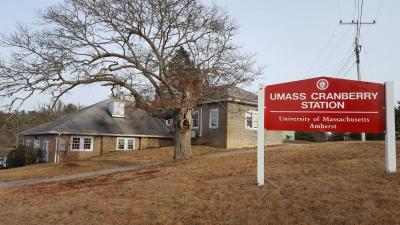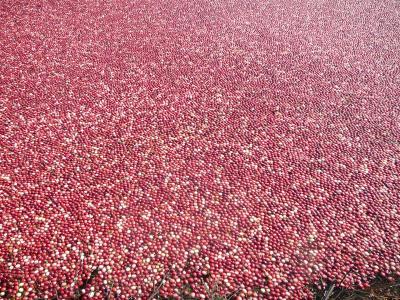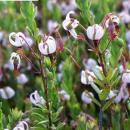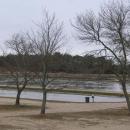Cranberry Station connects scientists, farmers
Since 1910, scientists from the University of Massachusetts Amherst have been working in East Wareham to learn more about cranberries: how to grow them efficiently, protect them from pests and fruit rot, and how to best use fertilizer to support their growth.
This year, that work has gotten a huge boost in the form of $5.75 million in state support to expand the labs at the Cranberry Station and modernize the facility, located near the intersection of Spectacle Pond Road and Glen Charlie Road in East Wareham.
“It’s really momentous. It’s going to be a game-changer for us and for the industry,” said Director of the Cranberry Station Hilary Sandler. “We are thrilled.”
The work will begin this winter, and will be completed by the summer of 2022.
The project will add five lab spaces to the station, which currently has seven spaces. That means that more scientists will be able to join the team.
“This type of work attracts a certain type of person who likes to have that gratification of helping somebody. I like working with people, and I like knowing that I’m helping people,” Sandler said.
Sandler, who recently celebrated her thirtieth anniversary of working at the station, said that she hopes to bring in new and different types of scientists. Currently, she noted, most employees spend their entire careers at the center, but she hopes to also bring in scientists with different career goals and trajectories — including visiting scientists and post-docs — “people on a more temporary basis to help us move our knowledge base forward.”
“We are a multidisciplinary team,” Sandler said. “We basically do applied research on all aspects of cranberry horticulture production.”
That includes research into fertilizers, pest controls, canopy management, and water use — every aspect of the growing process, with the exception of breeding new varieties.
The researchers at the station also work closely with growers.
Sandler said that before the station was forced to close to visitors due to the pandemic, growers would regularly stop by with jars holding a bug they hadn’t seen before, or a crop that was growing strangely.
“And that’s how we learn,” Sandler said. “Growers will come in with something weird they notice on a bog, and we go out and look at it.”
Sandler said that the best part of her job is when she makes a suggestion to a grower and they come back later to tell her that it worked, and they’ll be able to make more money that season.
“I feel very strongly about local farms and how important they are to our community, and I feel like we contribute in a small way,” Sandler said.
Currently, researchers at the station are working on a number of projects to help local cranberry farmers — projects that often translate directly into changes in grower practices.
For example, station scientists demonstrated that cranberries don’t need as much phosphorus — an important fertilizer ingredient — as was previously believed. Now, armed with this information, growers can safely reduce their fertilizer inputs, which saves them money and is good for the environment.
Researchers are also developing the best way to use pesticides on the farm. Rather than using broad-spectrum pesticides that are toxic to many different insects, cranberry growers have shifted to an emphasis on products that are narrowly targeted to only impact certain insects at a specific phase of life. More targeted pesticides have less of an impact on the pollinators that are vital to the environment.
Sandler also noted that she hopes to hire an agricultural engineer soon to look into how farmers could use technology, including sensors, to improve their crop management.
“That’s really exciting to me because that’s a really different discipline than what we currently have,” Sandler said.
Researchers are also looking into late water floods — flooding the bogs from April until the middle of May. Sandler said that although they impact the plants, late water floods are a great technique for pest management, fruit rot control, and reducing the growth of weeds. Researchers are hoping to develop a model that will let growers know whether it’s a good year for a late water flood or not.
Other current and upcoming work includes research into ways to improve cranberry vine canopies, low-risk ways to reduce or prevent fruit rot, the impact of installing solar panels over cranberry bogs, and the role of cranberry bogs in the watershed.
A crucial step in all the research done at the center is determining the best use patterns. When should the fertilizer or pesticide be used? When will it have the least impact on the surrounding environment? How will it impact the water? Will it impact the crop?
“We collect data and do outreach and education to the growers to allow them to integrate our research-based information into their operations,” Sandler said. “We are an effective example of what the [UMass Amherst] extension service was started to do back in 1911 — to be the liaison between the University and the farmer and translate the research into real life.”
The station includes labs, a greenhouse, and 11 acres of cranberry bogs that station staff use for experiments. While some later-stage work can happen on growers’ bogs, early experimentation is always done on the station’s own bogs so that if berries or vines are injured, there’s no cost to the grower.
To learn more about the Cranberry Station, go to ag.umass.edu/cranberry.



